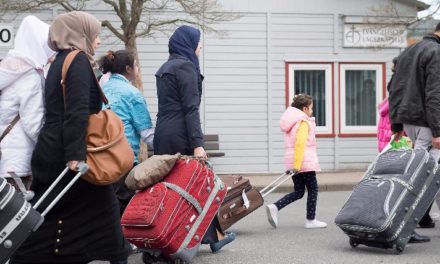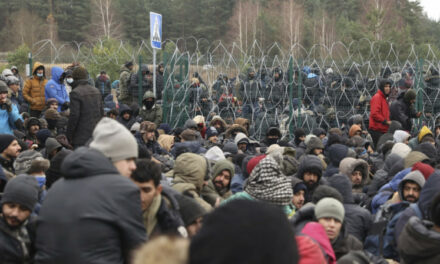According to Eurostat data, we are also doing well with gas prices, expressed in euros, the average price of domestic gas in the first half of 2023 was the lowest in Hungary (3.3 euros/100 kWh).
According to Eurostat data, after the sharp price increase in 2022, a decrease in EU electricity and gas prices can be observed from the second half of 2023. In the region, Hungarian residents had to pay the least for electricity and, in the first half of last year, for natural gas.
The increase in the price of electricity and natural gas in the European Union started a little before the war in Ukraine, it already skyrocketed in 2022, but a decrease was observed from the second half of 2023, writes Eurostat in its latest report.
The regional average for household electricity in the second half of 2023 was 28.5 euros/100 kWh, while it was 29.4 euros/100 kWh in the first half. The cost of energy supply, which stabilized in the first half of 2023, shows a decrease in the second half and remains at a high level compared to the costs before the price peak in 2022, they note.
The average gas price for households decreased to 11.3 euros/100 kWh in the second half of 2023, from the average value of 11.9 euros/100 kWh in the previous half year. According to the analysis, this decrease is more pronounced in the case of non-household consumers, which shows better conditions for the industry.
Electricity became cheaper in thirteen Member States
Compared to the second half of 2022, in the same period of 2023 residential electricity was cheaper in 13 member states, and in the case of non-household consumers in 17 countries, the latter represents a decrease of 4.6 percent.
Expressed in euros, the average household electricity prices in the second half of 2023 were the lowest in Hungary (11.3 euros/100 kWh),
then in Bulgaria (11.9 euros) and Malta (12.8 euros), and the highest in Germany (40.2 euros), Ireland (37.9 euros) and Belgium (37.8 euros), Eurostat said.
In national currency, the largest increase (by 86 percent) was reported by the Netherlands, but a significant increase was registered in the Czech Republic (83 percent), as well as in Poland (35 percent) and Germany (20 percent), at the same time, a significant decrease was observed in Denmark (39 percent), Spain (30 percent ) and in Sweden (20 percent).
Gas prices have also fallen in most countries
Household gas prices decreased in the second half of 2023, which according to the analysis was primarily due to lower energy costs and to a lesser extent taxes, which will gradually return to the pre-crisis level after the 2022 reduction. Gas prices were even more prominent in the second half of 2023, they estimate.
Between the second half of 2022 and the second half of 2023, gas prices (in national currency) increased the most in Lithuania (68 percent) and decreased the most in Denmark (39 percent).
In the case of household consumers, a total of 12 countries reported price increases, while the other 12 gas-using countries reported price decreases. In the industrial sector, all but three countries reported a decrease, which indicates a clear downward trend in gas prices.
Prices were 32 percent higher in Poland, 22 percent higher in Slovakia and Germany, while Greece (42 percent), Denmark (41 percent) and Bulgaria (40 percent) saw the biggest price drops.
Expressed in euros, the average price of domestic gas in the first half of 2023 was the lowest in Hungary (3.3 euros/100 kWh),
then in Croatia (4.6 euros) and Romania (5.6 euros), and the highest in Sweden (20.7 euros), Ireland (16.4 euros) and the Netherlands (24.8 euros), the EU statistical office explained.
Featured Image: Pixabay












